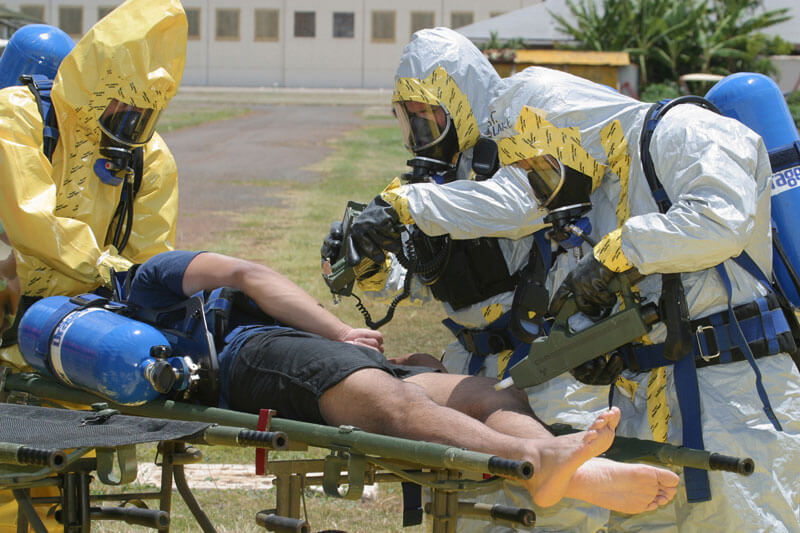The project
DIMLAB
Recent events have seen an upturn in CBRN-related risk – with many reported incidents of chemical and biological warfare agents and accidents in which they are present. NATO has identified the need for deployable CB analytical laboratories to increase effectiveness in the detection, identification and monitoring of hazardous chemical-biological (CB) agents, to be built to STANAG 4632 specifications.
This DIMLAB project proposes to design and build a chemical & biological laboratory by using the latest advances in nano & bio technology, under the guidance of experienced end users and validation by a reference defence laboratory. The project will focus on developing a working CB turn-key solution and sharing knowledge and experience. This is a joint Spanish, Tunisian and Moroccan initiative involving young scientists in academia guided by CBRN experienced end users.
dimlab objectives
To design and build a deployable laboratories DIMLAB CHEM & BIO for the detection, identification and monitoring of hazardous chemical and biological agents.
To integrate nano & bio technology in the laboratories.
To further integrate within the NATO counter-terrorism framework.
To run research and training sessions aimed at promoting cooperation and sharing knowledge on operational procedures.
To validate both the system and the operational procedures with live agents via a reference laboratory in the defence sector.
To engage participants in multi-lateral dialogue on common issues regarding technology, security, society as well as cultural idiosyncrasies in the Mediterranean area.
The DIMLAB project is supported the NATO The Science for Peace and Security (SPS) Programme. SPS programme promotes dialogue and practical cooperation between NATO member states and partner nations based on scientific research, technological innovation and knowledge exchange. The SPS Programme offers funding, expert advice and support to tailor-made, security-relevant activities that respond to NATO’s strategic objectives.



